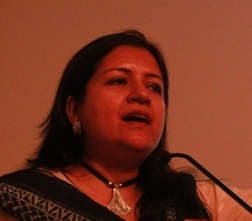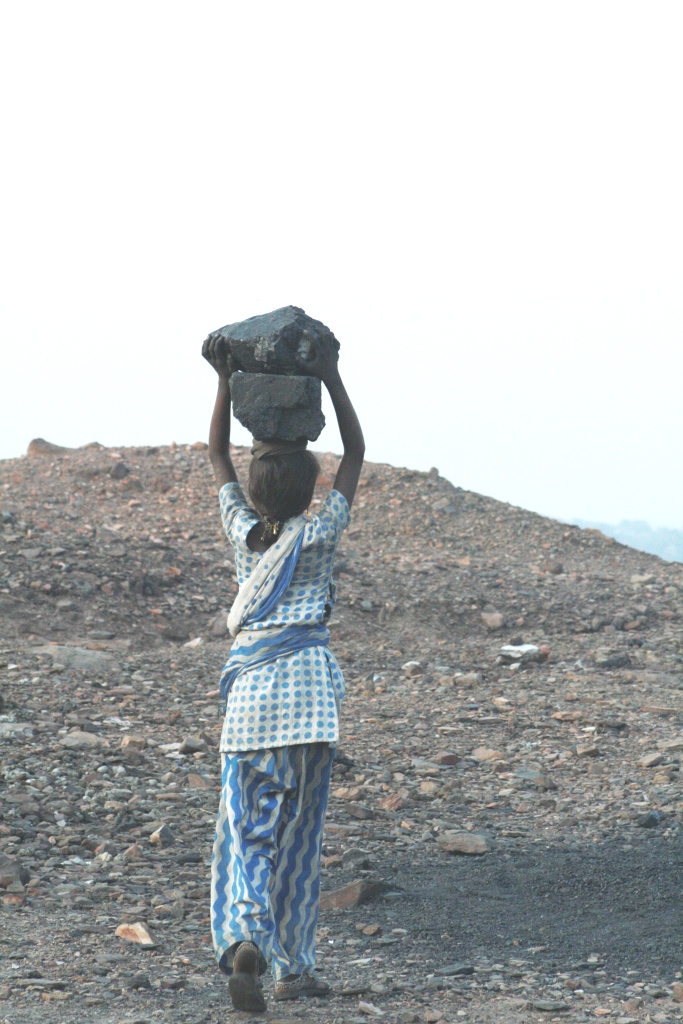 Some are lured by the prospect of two square meals a day. Some, by the promise of easy money and assured jobs in faraway places like Delhi, Mumbai, or even Dubai. Some elope with lovers who have their fill only to bare their fangs. Exploited, abused and broken, some end up in the so-called dance parties in the Hindi heartland, while others find refuge in the various Red light areas that dot our cities, condemned for life.
Some are lured by the prospect of two square meals a day. Some, by the promise of easy money and assured jobs in faraway places like Delhi, Mumbai, or even Dubai. Some elope with lovers who have their fill only to bare their fangs. Exploited, abused and broken, some end up in the so-called dance parties in the Hindi heartland, while others find refuge in the various Red light areas that dot our cities, condemned for life.
Welcome to the world of Human Trafficking, a hydra-headed monster that is fast spreading its tentacles across the state. And even as you read this, some innocent is being lured by a promised job as a Zari worker in Gujarat, while someone else is on a journey that has no destination in search of a better tomorrow. “West Bengal is already the source, destination and the transit point of trafficking. The menace is far worse than what we can even comprehend. As a matter of fact, North and South 24 Parganas are among the districts with the highest incidence of trafficking in the country” rues Ananya Bhattacharya, Director, Contact Base an entity working in the domain for the last many years.
The reasons however, are not far to comprehend. For one, the region south of the mega city of Kolkata, and running all the way to the Sunderbans and the sea, is one mired in pathetic, even extreme poverty. As a natural adjunct to this almost all-pervasive poverty, widespread illiteracy is the rule, rather than the exception. Forced by an abject lack of economic opportunities, the locals – men, women and children – have to migrate, seasonally or otherwise, in search of better livelihood. Uneducated, unorganized and often without any organised skill-sets to fall back upon, they constitute the lowest rungs of the proletariat, where naturally, the exploitation is at its worst. Another reason that compounds the problem, though less discussed for obvious reasons is the menace of religious dominance and persecution which forces many to take the flight. Alienation, as one study after the other has shown, is at an abnormally high level here, with the people estranged and isolated, both mentally and physically.
There are other obvious reasons at play too. Location wise, the place could not have been more disadvantaged. Remoteness and inaccessibility are constant hindrances with the monsoons cutting off wide swathes from civilisation for a good part of the year. This in turn creates a distance to and from the administrative machinery with all its obvious fallouts. Add to this the menace of a porous international border which is a perennial ideal of the rogues and those from the seamy underbelly of society.
There is another, often ignored dimension to trafficking in this region. As one climate scientist pointed out, the Sunderban region is one of the most threatened by Climate Change areas on Earth. Increased precipitation, changing weather patterns and a gradual sea level rise will force increasing numbers of people into poverty, homelessness and migration as Climate Refugees, which will have a direct impact on human trafficking. The last major cyclone that hit the region – Aila, and the fillip it provided to trafficking is already established. Forget about preparing for the next calamity, we are yet to address the havoc that the last one created, which calls for, as many experts point out, a complete overhaul in not only the way we view trafficking, but also in our efforts to address the issue and take steps to arrest its wanton spread.
“It will be wrong to view trafficking in isolation, as one-off cases” says Ananya. “As a matter of fact, they are far removed from simple, hit and run crimes and the way the Crime is organised, their resources at disposal and the deployment down to the grassroots, is capable of pulling trumps over the state’s administrative machinery most of the time”. The Ill-equipped administrative machinery, hemmed-in as it is, by layers of red tape, callous apathy and all-pervasive corruption, is naturally no match for those at the wrong side of the law (but the right side of the moolah)!

Another major lacuna that feeds the entire process is the weak (read virtually non-existing and woefully inadequate) Response Mechanism that is needed to combat trafficking.
On the very primary or village levels, vigilantes are conspicuous by the absence and in many cases, the very awareness about trafficking and the ways and means of guarding against it are lacking. The need to educate communities at the grassroots and motivate them to guard those who are primarily threatened is acutely felt, though little is being done to address the situation.
On the secondary level, aid workers, volunteers and NGO’s who are either already on the ground or in a position to be deployed have not been organised as a collective and cohesive combat force. The ones who are already working in the area (and doing a commendable job despite their poor numbers) have not been provided with the kind of wherewithal they require to continue the fight and slowly work towards turning the tides.
On the tertiary level, the administrative machinery has to be honed in, the drivers trained and made empathic. Legislations, Schemes and Procedures that are often found to be working at cross purpose, delaying the delivery system leading to the denial of justice will have to be streamlined keeping in view the end results that are sought.
“A comprehensive and concerted effort involving all the stakeholders need to be mounted to arrest, if not immediately eradicate trafficking in the region” says Ananya. “One must remember that West Bengal is also the transit point for trafficking from the neighboring countries like Nepal and Bangladesh with whom we share porous borders”.
“However, to take a holistic, long term view of the situation would be to say that we need to spread awareness at the grassroots apart from creating employment opportunities for the most vulnerable sections of the society. It is only through socio-economic empowerment that the menace can be tackled with the kind of seriousness it deserves” said Ananya.

banglanatak dot com
banglanatak dot com is a 16 years old social enterprise headquartered at Kolkata and working across India for fostering pro poor growth, peace and harmony using culture based approach. The organization works with marginalized communities to revive and revitalize their intangible cultural heritage (ICH) as a strategy for their socio economic empowerment. Music, art and modern creative tools like photography, video and social media are used for fostering dialogue and exchange among youth from different geographies across the globe. banglanatak dot com is accredited with UNESCO and United Nations Economic and Social Council (UN ECOSOC) and also has national partnership with UNESCO, New Delhi and international partnership with UNWTO.
For more information contact:
